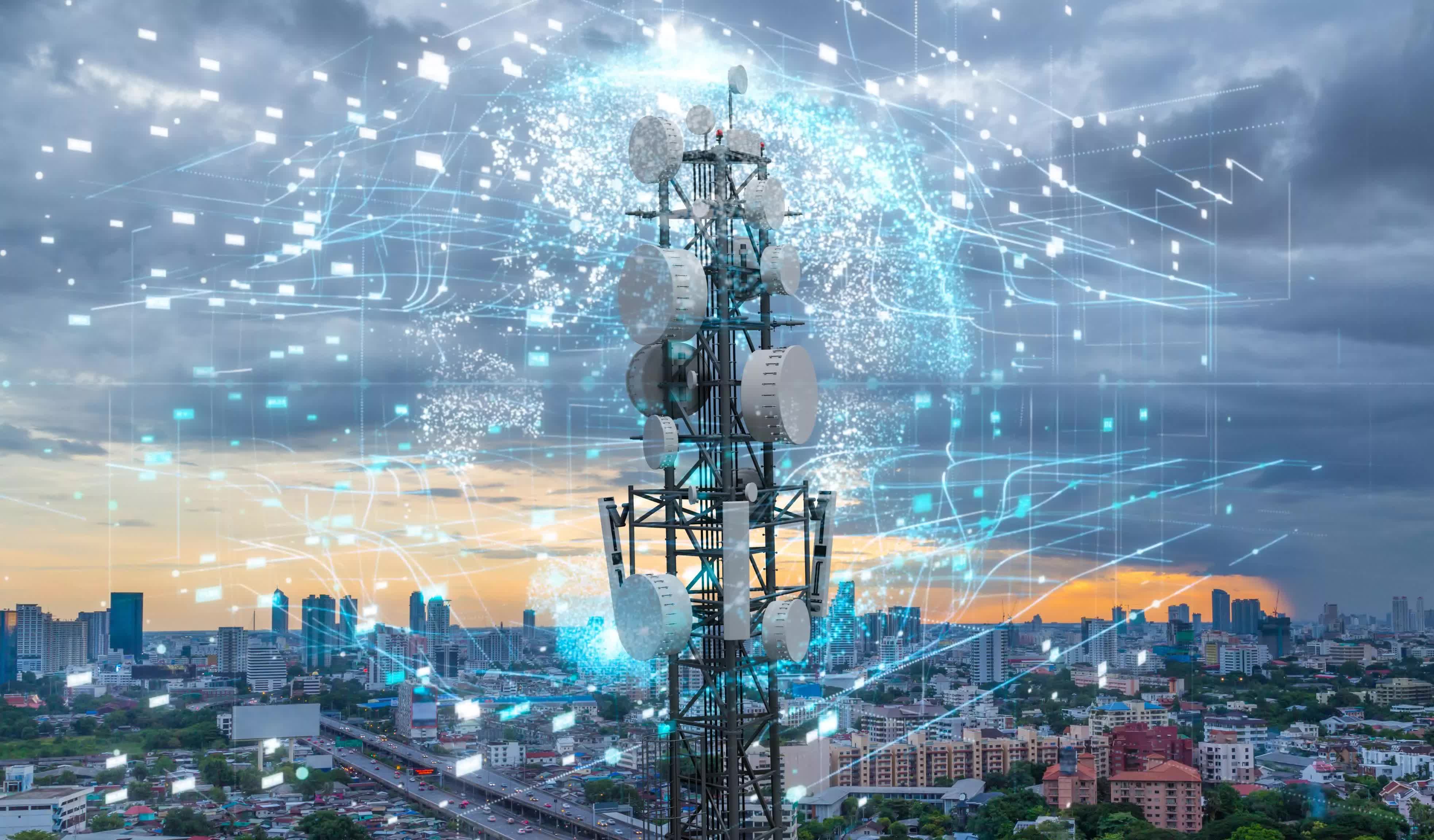In context: The air around us is thick with radio frequency signals from Wi-Fi, Bluetooth, and 5G networks. These standards are excellent for transmitting data but also represent an untapped energy source. Researchers have developed a new technology to harvest ambient or 'waste' RF signals and use them to power small electronic devices.

The key innovation is a nanoscale spin-rectifier that can convert extremely low-power RF signals of less than -20 dBm into a usable direct current voltage. This device overcomes a primary pain point of existing RF energy harvesting rectifiers, which struggle to operate efficiently at low ambient power levels.
National University of Singapore Professor Yang Hyunsoo, who led the project, explained that traditional gigahertz Schottky diode rectifiers have remained stagnant for decades due to fundamental thermodynamic restrictions at low power levels. Recent efforts have focused on improving antenna efficiency and impedance matching networks, which increases the chip footprint, hampering miniaturization.
In contrast, Yang's team showed that nanoscale spin-rectifiers offer a compact, sensitive, and efficient way to convert RF to DC power directly.

"Our results demonstrate that SR technology is easy to integrate and scalable, facilitating the development of large-scale SR arrays for various low-powered RF and communication applications," Yang said.
To achieve this breakthrough, the researchers optimized spin-rectifier devices into two configurations: a single rectifier operational between -62 dBm and -20 dBm and an array of 10 spin-rectifiers in series with 7.8 percent conversion efficiency. Integrating the array into an energy harvesting module allowed them to power a commercial temperature sensor at just -27 dBm input power.
The results, achieved in collaboration with researchers at Tohoku University in Japan and the University of Messina in Italy, were published in the journal Nature Electronics on July 24.

It's an exciting proof-of-concept, but the spin-rectifier energy harvesting modules still have room for improvement. Yang's team is now working to integrate an on-chip antenna, which could further boost efficiency and compactness.
The researchers also aim to collaborate with industry and academic partners to advance the development of self-sustained smart systems with on-chip spin-rectifiers. They hope this would allow the emergence of compact on-chip technologies for wireless charging and signal detection systems based on harvesting ambient radio frequency signals.
In a similar study, Korean researchers optimized backscatter technology, allowing devices to reflect modulated wireless signals to transmit data to boost battery-free operation, resulting in a 40 percent improvement in energy efficiency.
Image credit: Duman Photography
Researchers develop new battery-free technology that draws power out of thin air